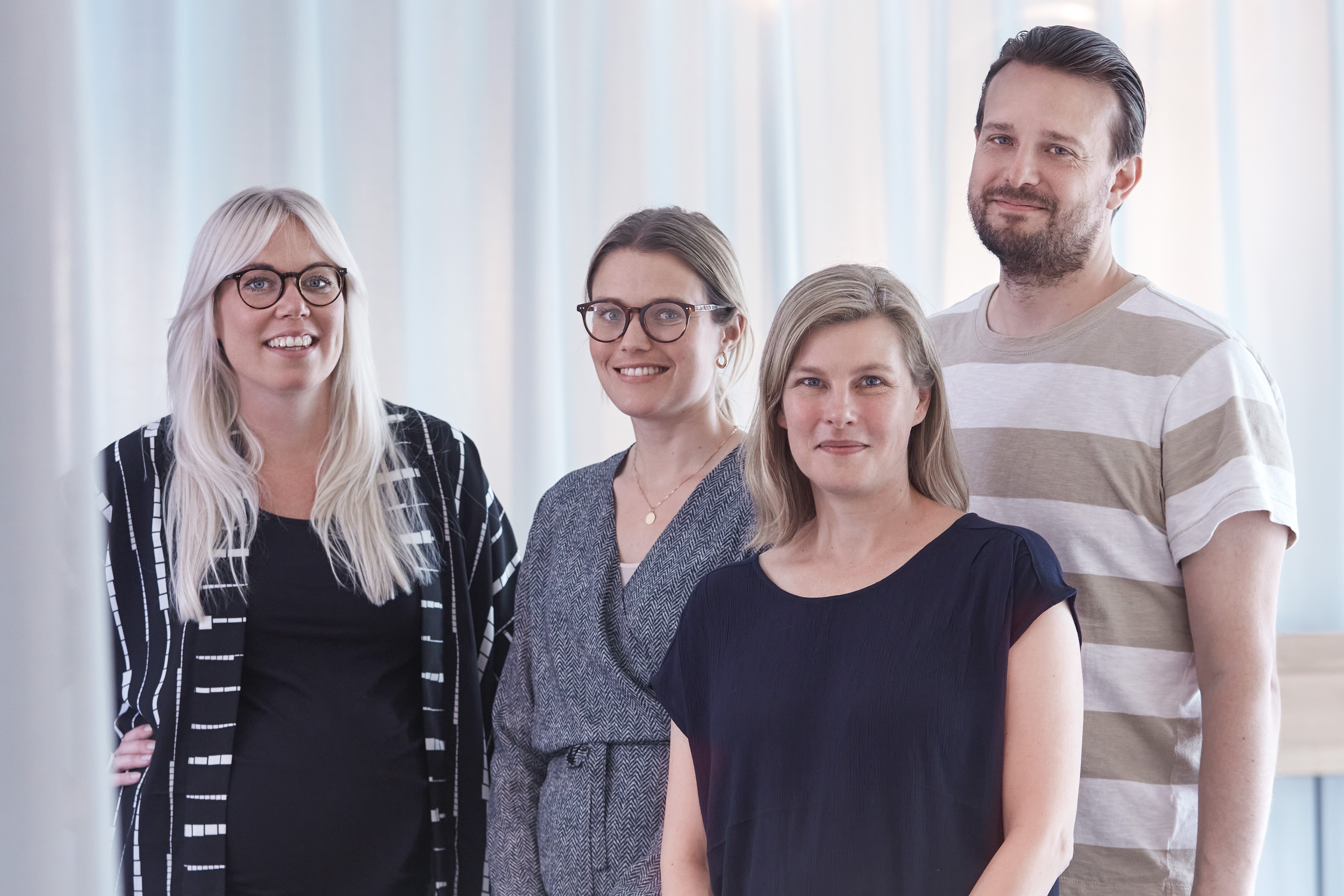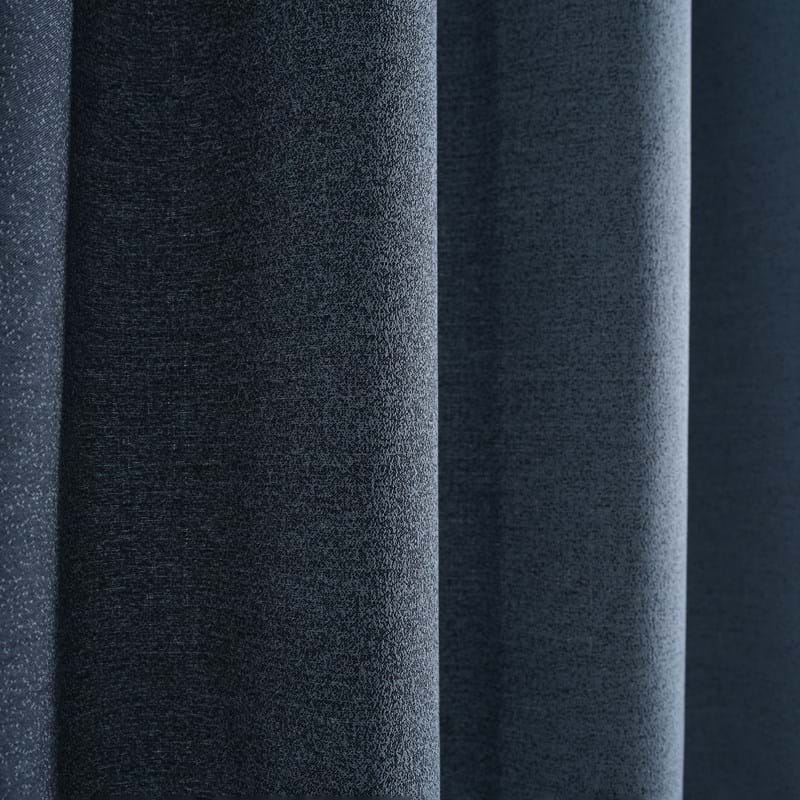The coronavirus pandemic has made it clear that for most office workers, working from home works just as well if not better than working at the office.
- When I look to the future, I see a change in the nature of offices, with them becoming more flexible, more social and divided into zones,” says industrial placement PhD candidate Martin Ljungdahl Eriksson.
Under the heading “The workplace of the future”, PhD candidate Martin Ljungdahl Eriksson, designer Pernilla McGillivray and architect Johanna Augustsson have conducted a number of surveys, all of which point in one clear direction – a more individualised office landscape.
- As early as the 1990s, people were talking about how advances in technology were going to enable people to sit at home and work. However, the issue never really went anywhere. Today, though, technology has come even further and with people being forced to work from home, it has become a hot topic once again. We’re starting to see how well working remotely can work, though we are also seeing clearly what parts of office life can’t be replicated at home. When I look to the future, I see a change in the nature of offices, with them becoming more flexible, more social and divided into zones, says Martin Ljungdahl Eriksson.

Johanna Augustsson, architect, Pernilla McGillivray, textile designer, Martin Ljungdahl Eriksson, PhD candidate and Victoria Malmberg, PR- and communications specialist talk about the workplace of the future.
In the transition from an open landscape to an office space that allows for more individualisation, there’s a lot of talk about independent soundscapes. That is, finding acoustic curtains to suit everyone in the workplace.
- “One of the problems with the current office configuration is that it’s too quiet. In a quiet environment, chatter and abrupt noises are more disruptive,” says Martin Ljungdahl Eriksson. Johanna Augustsson, an architect with White arkitekter, believes in the office as a social space for meeting up with people.
- Working alone is just as easy from home as it is in the office but there’s a real dearth of social contact. Going forwards, the office can be an important social space for meeting up with people, in which case offices themselves will change. Creating a thriving environment where employees want to be and want to hang out in will be ever more important. There will also be a greater focus on aesthetics combined with function.
- Today, we talk about the whole, about textile solutions, by which we mean that the visual should co-exist with the functional. Different textile qualities and different patterns create functional and thriving office environments that make people feel good. This is something I’m looking forward to, that wellbeing will be an even more important factor in the workplace,” says Pernilla McGillivray, designer for Svensson.

Articles about acoustics
An important factor for well-being is pleasant acoustics. Here we share our knowledge and experience together with experts from different industries and areas.

Our acoustic textiles
The acoustic textiles from Svensson are designed for environments where design and function are crucial. The absorption classes range from A to E, where A is the best.
